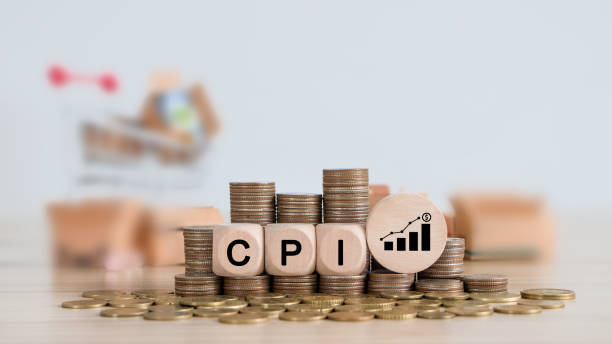The numbers: Consumer prices rose a sharper-than-expected 0.3% in January and the rate of inflation remained stuck above 3%, a small but possibly temporary setback in the Federal Reserve's fight against inflation.
The consumer price index was forecast to rise 0.2% by economists polled by The Wall Street Journal.
The yearly rate of inflation slipped to 3.1% from 3.4% in the prior month. It hasn't been below 3% since March 2021.
The core rate of inflation that omits food and energy also rose a stiffer-than-expected 0.4% last month, the government said Tuesday. That was a tick above the Wall Street forecast.
The core CPI is seen as better predictor of future price trends.
The annual rate of core inflation was unchanged at 3.9%.
What may have contributed to the warmer inflation readings are the annual changes the government makes in how it calculates prices in the CPI index. It may take another month or two to know for sure.
Lots of companies also raise prices at the beginning of the year. Although the CPI is supposed to adjust for the increases, its formula for doing so is sometimes off-base.
The bulk of the increase in the CPI in January, meanwhile, was tied to rent and housing.
Big picture: The Fed is unlikely to get too worked up by the January CPI report. Top officials have counseled patience and will wait to see if further progress on lowering inflation is achieved in the months ahead.
While the Fed pays close attention to the CPI, the central bank also prefers another price gauge known as the PCE as its main tool to track inflation. The PCE is viewed as more accurate.
The most recent reading of the PCE shows inflation slipping below 3%.











